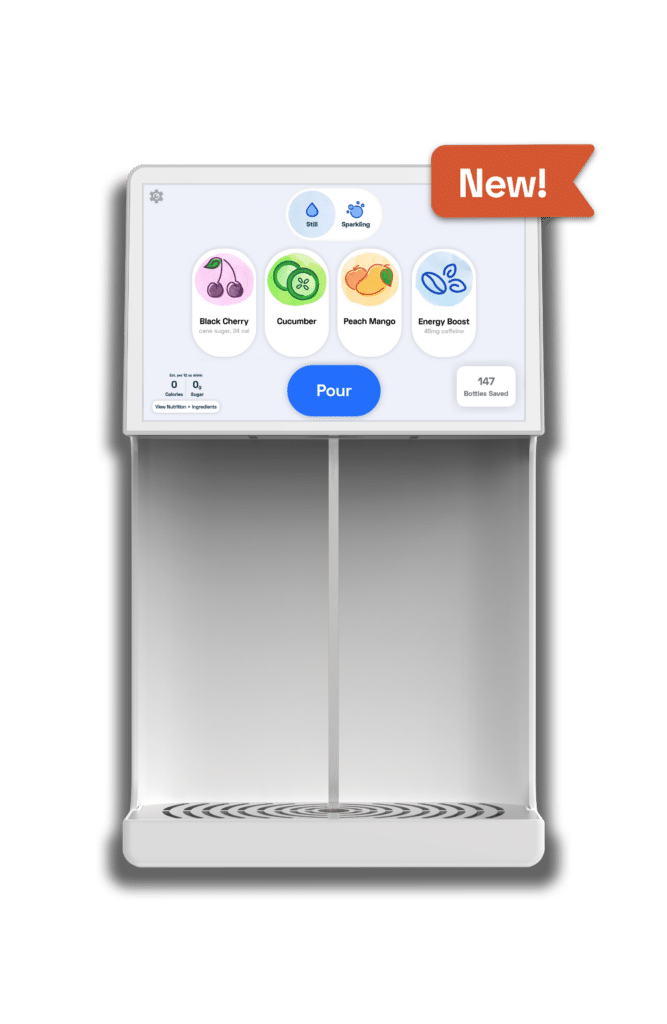There’s growing awareness of microplastics in our drinking water
Every day, approximately 8 million pieces of plastic pollution find their way into our oceans. Many of these are plastic water bottles. But recent research reveals that plastic containers may also be polluting the water inside them in the form of microplastics.
Several studies have looked at the presence of microplastics in a variety of sources, including bottled and tap water. The National Oceanic and Atmospheric Administration (NOAA) defines microplastics as plastic debris less than five millimeters in length, or about the size of a sesame seed.
One study published in the journal Environmental Science & Technology in March 2020 investigated microplastics in table salt, drinking water, and air. With regard to water, the researchers found microplastics present in both tap water and plastic bottled water.
Results from research at the University of Victoria in Canada revealed that people in the U.S. who drink only bottled water might take in as much as 90,000 particles of microplastics in a single year compared with just 4,000 for tap water drinkers.
So, what’s happening inside plastic bottles?
Dr. Sherri Mason, professor of Chemistry and Sustainability Coordinator at Penn State Behrend, was part of a team looking into the origin of microplastics in bottled water. Among her team’s findings were that most of the microplastic in bottled water was polypropylene, the material used to make bottled water caps. In a Time.com article, Mason said, “This seemed to suggest that it was the act of bottling the water that was contributing most of the plastic.”
Is this cause for alarm?
The short answer is, “no, at least not now.” Still, there was enough concern generated by many of these studies for the World Health Organization to issue its own report. In it, the WHO states that the current levels of microplastics in drinking water don’t appear to pose a health threat. However, they do acknowledge that this assessment is based on a small volume of research and that more investigation is needed.
So, what should we do?
While microplastics are getting a lot more attention, they’re really just an extension of a long-existing problem. In 1973, Nathaniel Wyeth patented polyethylene terephthalate (PET) bottles. More than four decades later, that cheaper alternative to glass bottles has become part of a massive dilemma. Plastic bottles consume vast amounts of fossil fuels to produce and transport. And at the end of their single-use lives, seventy percent of them wind up in landfills, incinerators, or littering the land and the ocean.
The discovery of microplastics and the uncertainty around their harmfulness to humans and animals only adds to the unwanted result of plastic proliferation. So maybe the choice is less about bottled or tap water and more about plastic or not.
That idea has driven a number of innovative solutions enabling people to enjoy of water without plastic bottles, such as those from Bevi. As a result, we’ve seen many people enthusiastically embrace the idea that you don’t have to choose between what’s good for you and what’s good for the environment. And together, we’ve saved the world from more than 200 million plastic bottles – and the microplastics that come with them.
If you’d like to join us in our goal to keep both people and our planet healthier, we’d love to talk with you over a glass of water.






